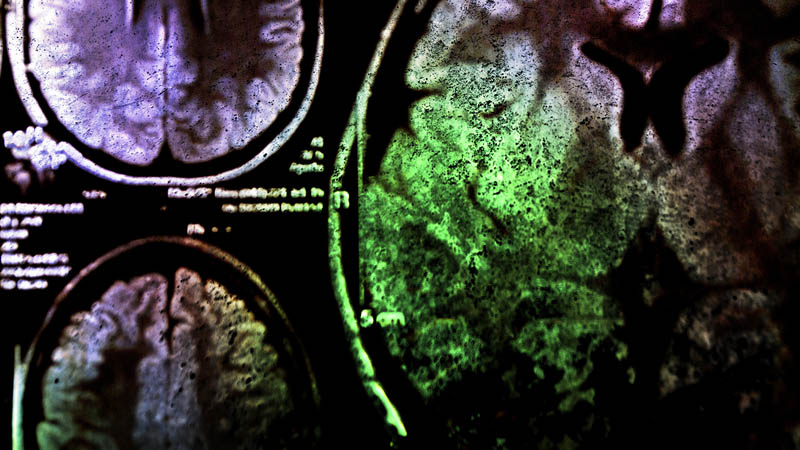Changes in electrocardiographic and echocardiographic tests in patients with anorexia nervosa, depending on the form of the disease
Marzena Przybył1, Zbigniew Barszcz2, Jolanta Rabe‑Jabłońska3
 Affiliacja i adres do korespondencji
Affiliacja i adres do korespondencjiIntroduction: In 80% of patients with anorexia nervosa (AN) cardiological complications occur. Changes in electrocardiogram (ECG) are found in over 80% of AN patients. Dangerous cardiological complications among AN patients include also congestive heart failure, presence of pericardial effusion, decreased volume of left ventricle mass, disturbed mobility of the cusps of mitral and tricuspid valve at the correct structure of valvular and subvalvular system. Aim: The aim of the study was assessment of the incidence and severity of cardiological disorders found in electrocardiographic test and echocardiography in patients with AN, depending on the form of the disease. Material and methods: The study involved 34 patients with diagnosed AN according to DSM‑IV criteria: 17 patients were diagnosed with restricting type of AN, the other 17 – binge/purging type of AN. Each patient underwent electrocardiographic and ultrasonographic examinations of the heart. Results: Changes in electrocardiograms were found in 79% of patients with AN (similar incidence in binge/purging and restricting type). Disorders in depolarization and repolarization of ventricular muscle were noted in 47% of patients (18% of patients with binge/purging type and 47% of patients with restricting type, p<0.05). A significant difference was indicated in the left ventricle mass index (LVMI) between patients with binge/purging type and patients with restricting type (23.9±5.28 vs 21.2±3.81, p<0.05). In 67% of patients with restricting type of AN, as compared to 33% with binge/purging type (p<0.05), mild, haemodynamically insignificant heart diseases were found. Only in one patient the mobility disorders were found: tricuspid valve cusp prolapse which was concomitant with the 2nd degree valvular insufficiency. Conclusions: Restricting type, as compared to binge/purging type, is characterized by an increased percentage of disorders of depolarization and repolarization, besides there is no statistically significant difference in electrocardiogram. Patients with restricting type of AN have a significantly lower cardiac muscle mass, in relation to achieved height, as compared to patients with binge/purging type of AN. Patients with restricting type of AN, unlike those with binge/purging type, exhibit a statistically higher percentage of mild valvular insufficiency, but these are haemodynamically insignificant heart diseases.














